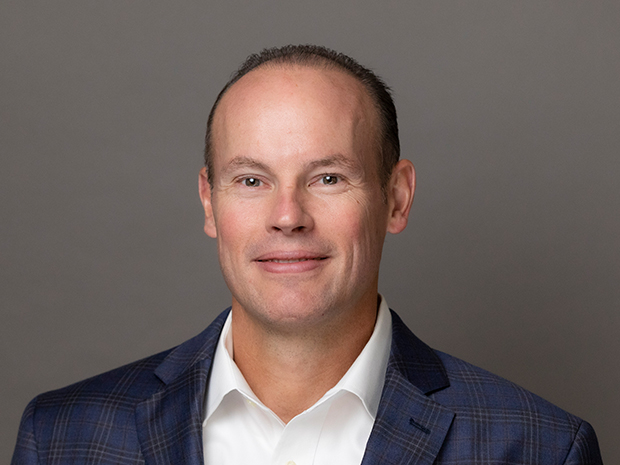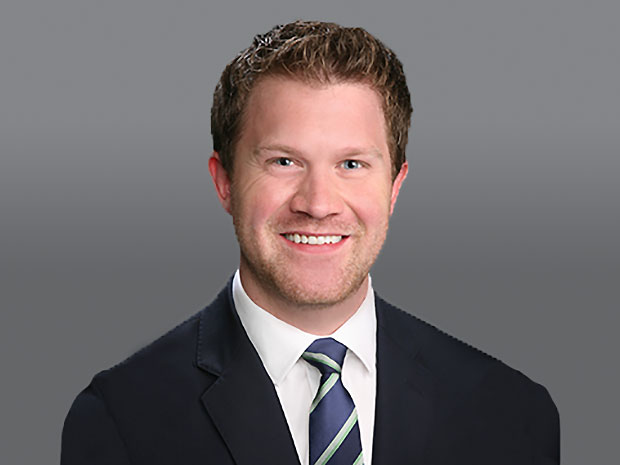It’s been quite the busy week for the Small Business Administration (SBA). Just over a week after the June 5, 2020 passage of the Paycheck Protection Program Flexibility Act of 2020, the SBA has released three updates to interim final rules, revised borrower and lender application forms, an EZ loan forgiveness application and a revision to the full loan forgiveness application. As many borrowers are currently weighing a switch from the original eight-week covered period to the recently passed 24-week covered period, the SBA has made its best efforts to release timely guidance.
For those keeping score, as of June 12, 2020, the SBA has issued more than 4.7 million loans with approved dollars of just over $512 billion. $129 billion remains in the program and new borrowers have until June 30, 2020 to get their loan applications approved. As part of expanding the program, the SBA issued a June 12, 2020 update to its eligibility criteria that allows certain borrowers who were previously convicted of felonies that did not involve fraud, bribery, embezzlement, of a false statement in a loan application or an application for federal financial assistance to be eligible for PPP funding.
While the pace of new borrowing has slowed to almost a crawl, the comments and questions surrounding loan forgiveness continue to pile up. The change in covered period to 24-weeks should help more borrowers qualify for loan forgiveness, but many borrowers may still have remaining amounts outstanding after the loan forgiveness application. For those borrowers, the SBA, in its update on June 11, 2020 to its first interim rule reiterates that for borrowers with loans made on or after June 5, 2020, the maturity date is five years. Borrowers with loans made prior to this date may modify the term of their note, provide the borrower and lender mutually agree to extend the maturity period from two years to five years. Second, the SBA explains the rule of construction provision from the PPP Flexibility Act stating that if a borrower submits a loan forgiveness application within 10 months after the end of the loan forgiveness covered period, that no payments of principal or interest will be due before the date on which SBA remits the loan forgiveness amount to the lender (or notifies the lender that no forgiveness is allowed).
This interim final rule update also provides a clarification on the change from the 75% payroll requirement to the 60% payroll requirement and notes that, similar to the 75% requirement, the 60% is a proportional requirement and not an ‘all-or-nothing’ cliff. However, with the increase to 24 weeks with a loan amount of 2.5 times average monthly payroll, we anticipate that many borrowers should not have an issue with utilizing at least 60% of the loan proceeds on payroll during the 24-week forgiveness period. Finally, borrowers should be aware that the SBA does have restrictions on the use of PPP funds even past the loan forgiveness period. PPP funding is only allowed for the specific uses listed in the CARES Act as well as other allowable uses of SBA 7(a) program financing. In addition to those broad restrictions, the SBA also states that at least 60% of the loan proceeds are to be used for payroll costs. Again, this is on the broader usage of funding and not just the amounts eligible for loan forgiveness.
Additional revisions published by the SBA rules include a June 17, 2020 update to the third and sixth original interim final rules. This revision updates the guidance for the payroll costs eligible for loan forgiveness. For example, the SBA states that the maximum amount of payroll costs per employee is capped at compensation of $46,154 per individual if using the 24-week covered period, plus covered benefits for employees (but not owners), including health care expenses, retirements contributions and state taxes imposed on employee payroll (e.g., unemployment insurance premiums). The SBA reiterates its position that owners are not eligible for forgiveness with respect to covered benefits.
Owners also face another restriction under the expanded 24-week loan forgiveness period. Owner compensation replacement, which was generally computed on 2019 net profit amounts, is limited to 2.5 months’ worth of 2019 net profit should the borrower elect the 24-week covered period. The SBA deems this rule necessary to prevent any windfall to owners that Congress did not intend.
Overall, the guidance released by the SBA over the past week is helpful to borrowers, but, other than the owner limitations under the 24-week covered period, does not provide much in the way of additional guidance. That is not to say the additional guidance is unappreciated, but as many borrowers are making the determination of what forgiveness period to use, the updated loan forgiveness applications released by the SBA on June 16, 2020 may take on more importance.
As stated above, there are now loan forgiveness applications that a borrower may complete – an EZ form and the full application. The EZ form is for borrowers that meet one of the three following criteria.
1. The Borrower is a self-employed individual, independent contractor or sole proprietor who had no employees at the time of the PPP loan application and did not include any employee salaries in the computation of average monthly payroll in the Borrower Application Form (SBA Form 2483); or
2. The Borrower did not reduce annual salary or hourly wages of any employee by more than 25% during the Covered Period or the Alternative Payroll Covered Period (as defined below) compared to the period between Jan. 1, 2020 and March 31, 2020 (for purposes of this statement, “employees” means only those employees that did not receive, during any single period during 2019, wages or salary at an annualized rate of pay in an amount more than $100,000)
AND
The Borrower did not reduce the number of employees or the average paid hours of employees between Jan. 1, 2020 and the end of the Covered Period. (Ignore reductions that arose from an inability to rehire individuals who were employees on Feb. 15, 2020 if the Borrower was unable to hire similarly qualified employees for unfilled positions on or before Dec. 31, 2020. Also ignore reductions in an employee’s hours that the Borrower offered to restore and the employee refused; or
3. The Borrower did not reduce annual salary or hourly wages of any employee by more than 25% during the Covered Period or the Alternative Payroll Covered Period (as defined below) compared to the period between Jan. 1, 2020 and Mar. 31, 2020 (for purposes of this statement, “employees” means only those employees that did not receive, during any single period during 2019, wages or salary at an annualized rate of pay in an amount more than $100,000)
AND
The Borrower was unable to operate during the Covered Period at the same level of business activity as before Feb. 15, 2020, due to compliance with requirements established or guidance issued between Mar. 1, 2020 and Dec. 31, 2020 by the Secretary of Health and Human Services, the Director of the Centers for Disease Control and Prevention or the Occupational Safety and Health Administration, related to the maintenance of standards of sanitation, social distancing or any other work or customer safety requirement related to COVID-19.
Other than self-employed individuals, independent contractors or sole proprietors who had no employees, borrowers will still need to review the loan reduction and mitigation criteria to determine if the EZ form can be filed. Ultimately, for many borrowers this will still require a potentially time consuming review of employees, salaries or hourly wages, and various FTE counts.
The full forgiveness application revision contains several minor changes to align the previous application to the PPP Flexibility Act changes, but does contain at least one significant change to the FTE reduction safe harbors. To determine if a borrower has restored the total FTEs not later than Dec. 31, 2020, a borrower must list the earlier date of Dec. 31, 2020 or the date the loan forgiveness application is submitted. This change appears to answer an often asked question as to whether a borrower can apply earlier than the end of the 24-week covered period if the 24-week period is elected and funds are exhausted prior to. Borrowers must now look to workforce requirements throughout the 24-week period, if elected, and then also may have to quickly apply for forgiveness if workforce levels cannot be maintained or look to one of the various safe harbors for mitigation.



